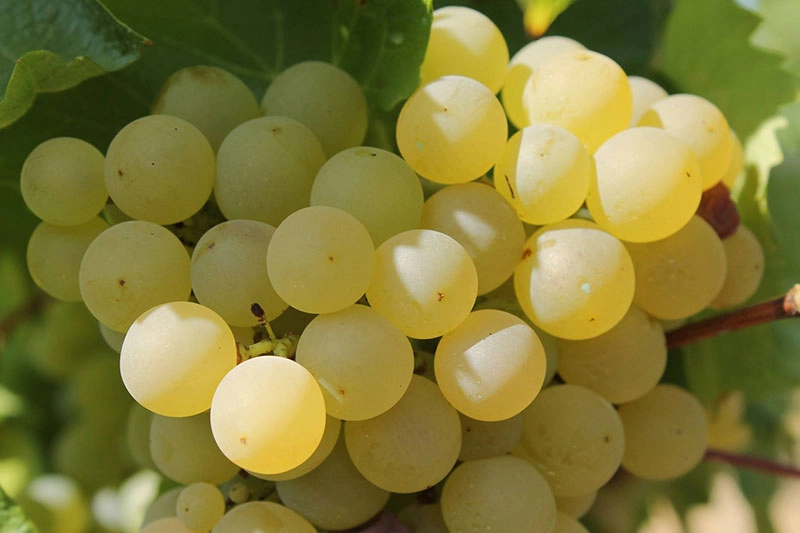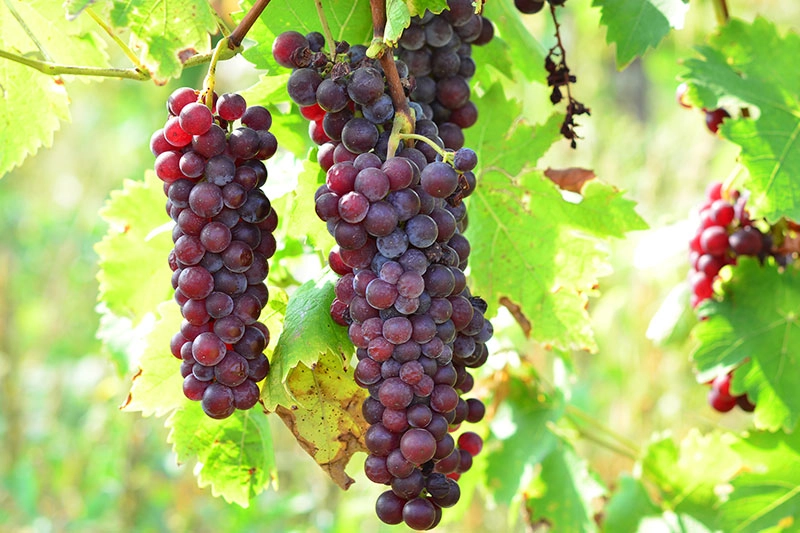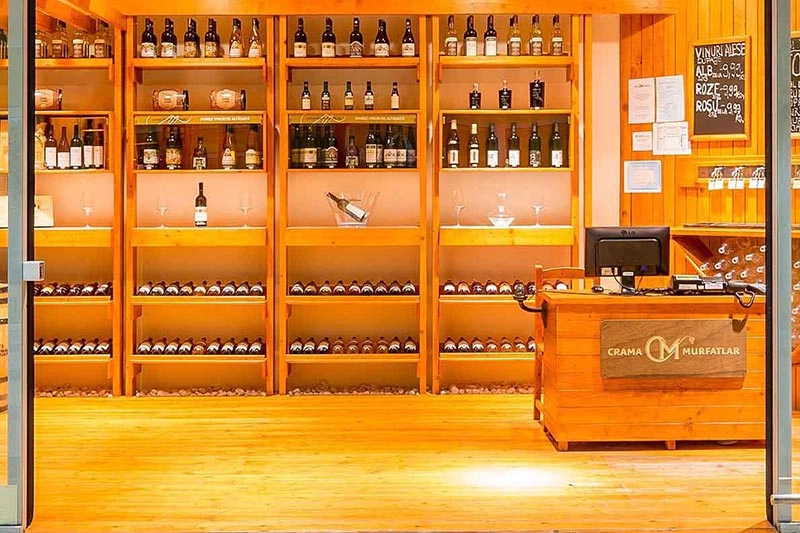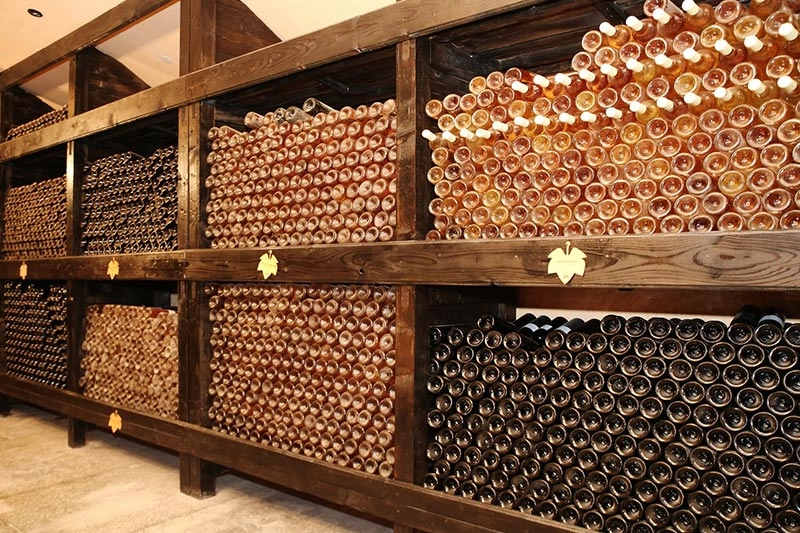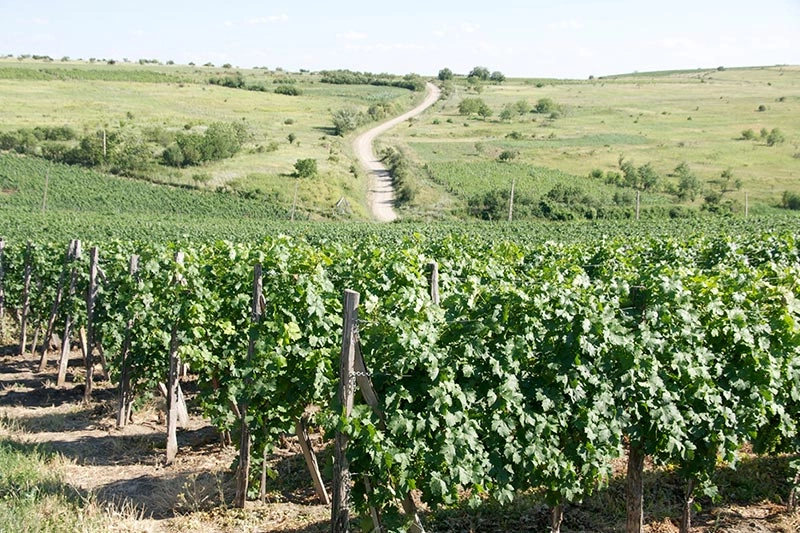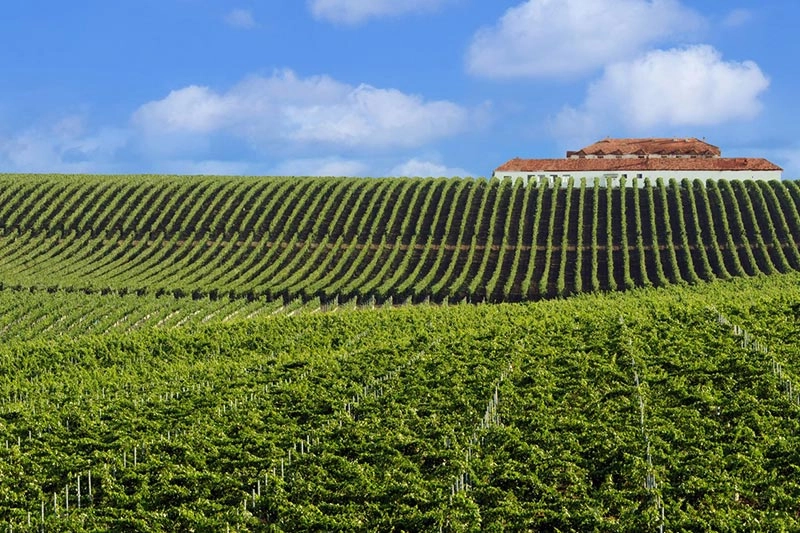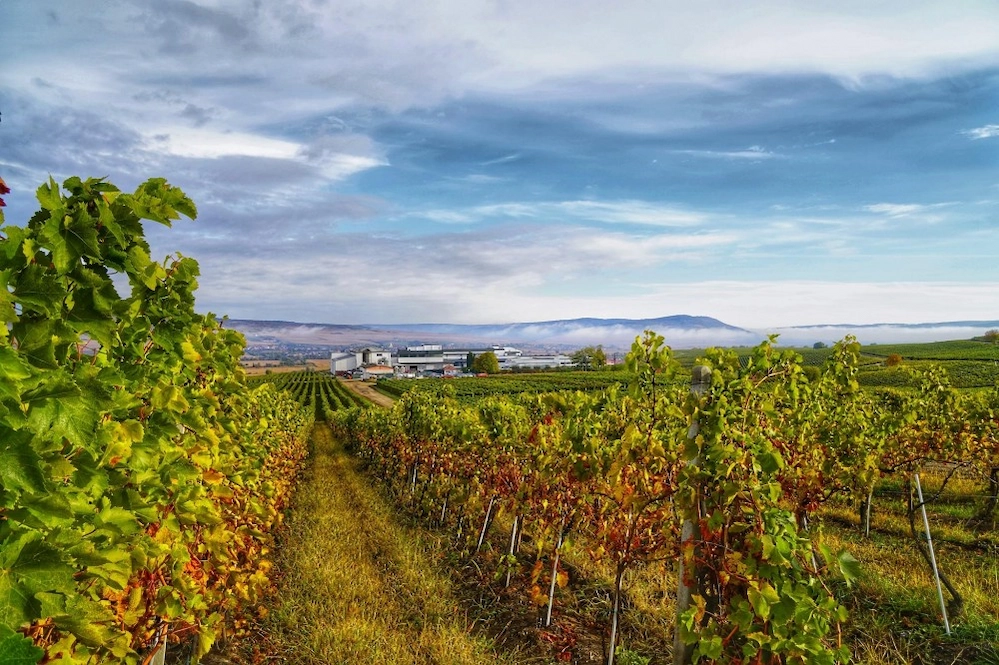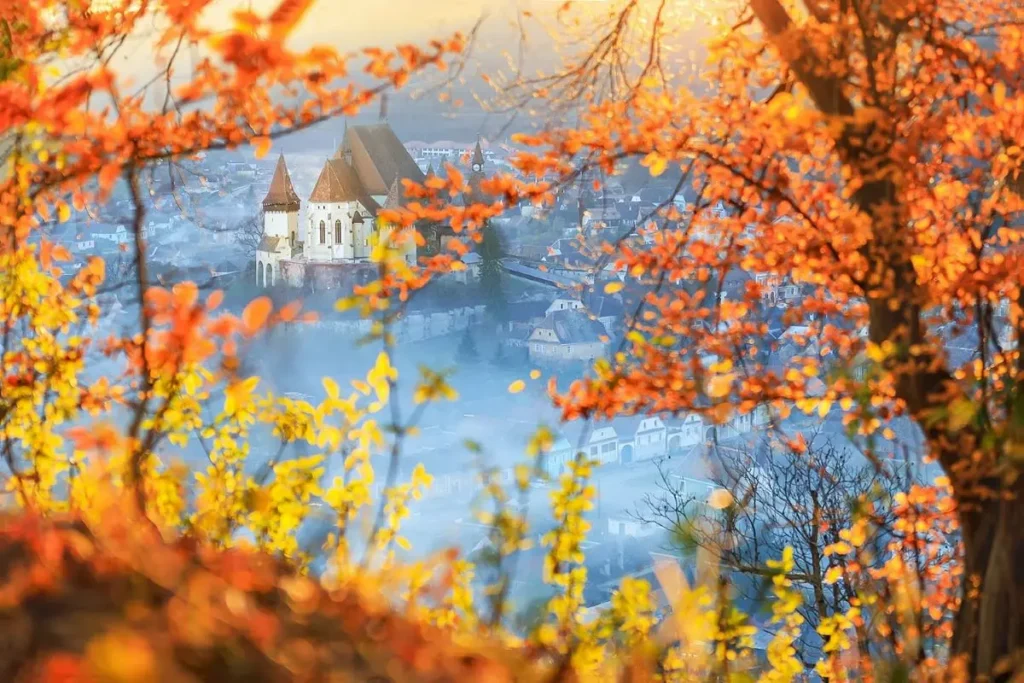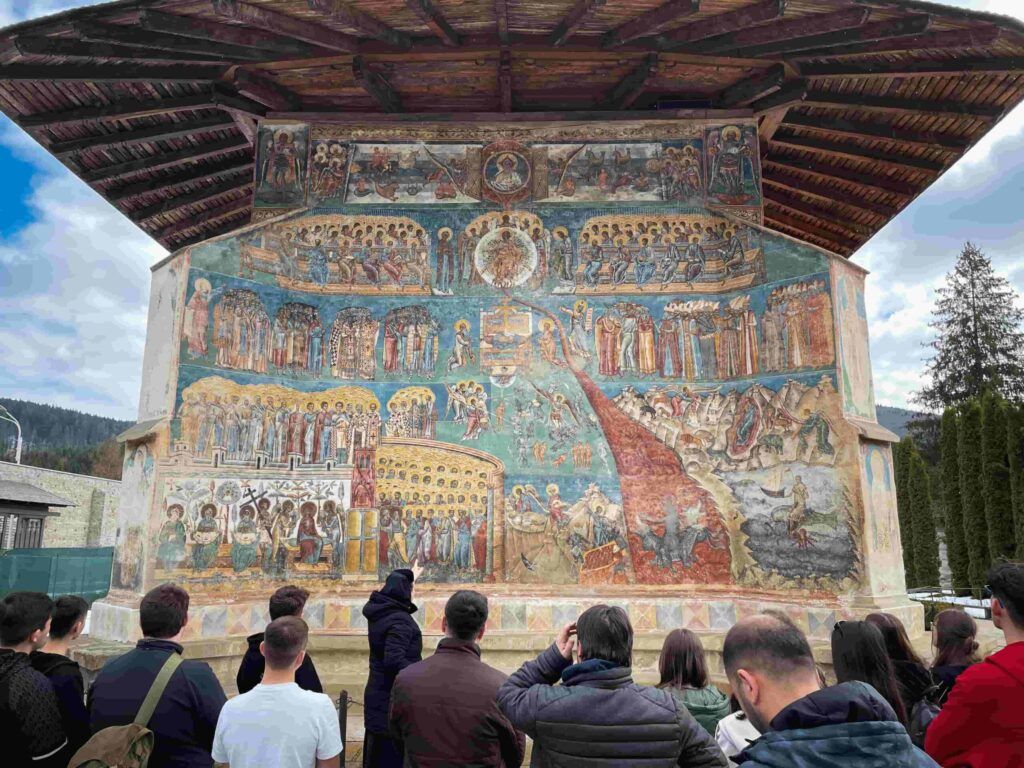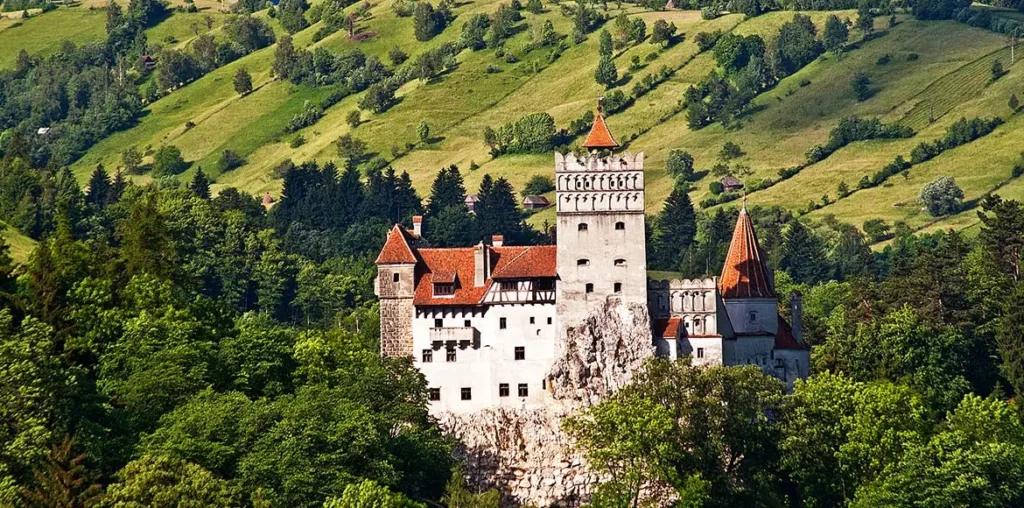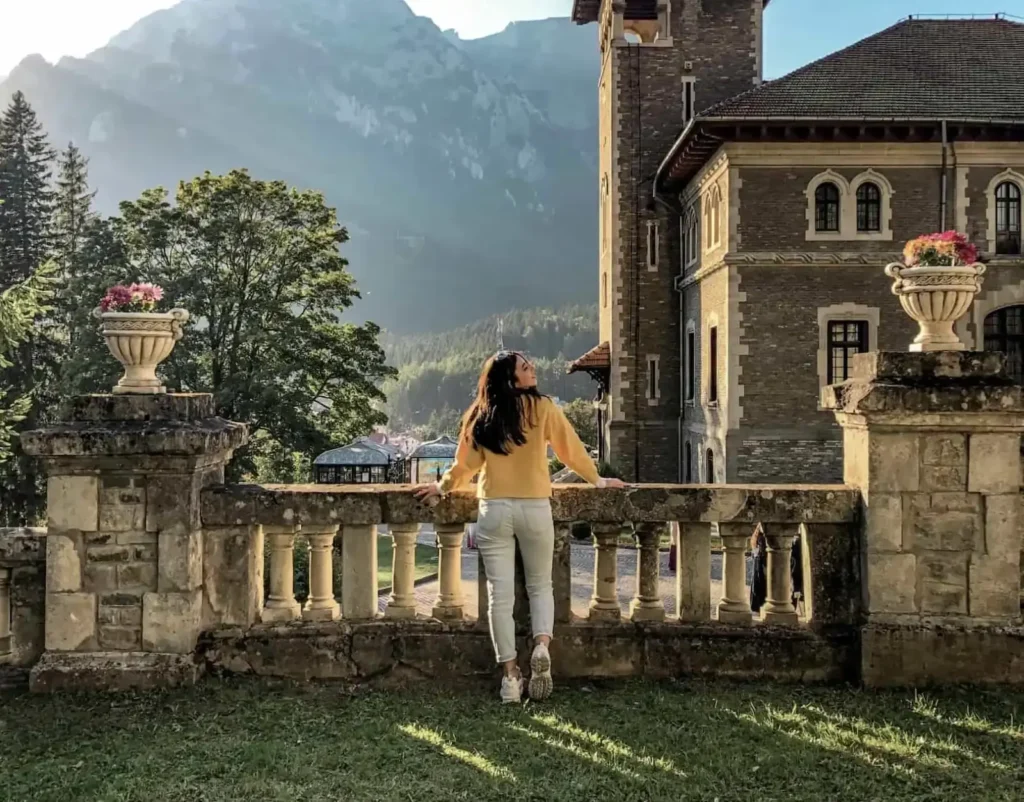Chapters
Over the years, Romanian wines has attracted countless European business people and wine enthusiasts, mainly due to the affordable prices compared to countries such as Italy, France, or Germany. But Romania’s wine culture has a long history.
Thousands of years ago, in the historical regions that make up today’s Romania, grapevines were growing wild. The Vitis Silvestrii species, for example, was autochthonous in the oak forests, and it was the foundation of the famous Dacian grapevine.
The geographic region of Romania was traditionally one of Europe’s largest producers of wine, with even Napoleon himself being a huge fan of its grape varieties, but the wine industry declined after 1990 due to numerous economic factors. Today, according to the latest statistics, Romania is today the 13th largest wine producer worldwide and the 6th largest in Europe, and Romania’s wine production has been continuously improving for the last ten years.
The country is home to more than 250 wine cellars, but only 140 of them produce and sell bottled wine. Most of Romania’s wine cellars can be visited anytime during the year, but they are most attractive between April and October. For an unforgettable experience, most wineries offer wine-tasting sessions, where you can savor the distinct flavors of Romania wines. Major cities like Bucharest, Iași, and Cluj-Napoca serve as excellent departure points for winery tours, ensuring a seamless journey into the heart of Romanian wine country.
Viticultural Romania – The Road of Romanian Wines & Vine
In Romania, grapevines can be grown throughout most of the surface of the country, from the Danube River in the south to the northern regions of Moldavia and Maramures, and they can range from Romanian grape varieties to international wine varieties. The only areas that cannot produce wine are the counties of Brasov, Covasna, Harghita (due to their high altitude), and Suceava.
Thus, a trip on the road of vines and Romanian wines requires us to travel around almost all of Romania‘s territory to find the best wine region. We will first discover some of Moldavia’s wines and wineries, continue with Dobrogea, pass through Wallachia, reach the western regions of Banat, Crisana, and Maramures, and close everything with Transylvania.
Moldavian wines
In Moldavia, the vineyards occupy a surface of 90,000 hectares, spreading from the northern region of Botosani to the southern region of Vrancea, known as Dealurile Moldovei. Besides the numerous vineyards, Moldavia is also home to the “Bachus” International Vine and Wine Festival, in Vrancea.
1. Cotnari Winery
Grasă de Cotnari grapes. Photo source: Cotnari Facebook Page
Cotnari is a major wine-producing commune in Romania, and it is most famous for its Grasă de Cotnari, a wine variety produced ever since the rule of Stephen the Great (1457 – 1504).
Grasă de Cotnari is a botrytized white wine with high residual sugar content that can reach up to 300g/litre. A well-made wine has a golden-yellow shade, and despite its high sugar content, it retains a fine acidic structure and somewhere between 11.5% and 14% alcohol by volume. It ages well; its colour darkens from a pale yellow to a dark yellow with an orange note in it. A good Grasă de Cotnari should have a distinct bouquet of apricots, walnuts, and almonds, and should be enjoyed at a temperature of about 10-12 degrees Celsius.
Aside from the renowned Grasă de Cotnari, the Cotnari Winery also crafts a range of exceptional Romanian wines, each showcasing the distinct character of local grapes. Tămâioasă Românească, Fetească Albă, and Francușă are among the winery’s gems, each bearing the unique imprint of the Romanian terroir. These wines offer an exquisite symphony of flavors, inviting you to embark on a captivating journey through the diverse landscapes of Romanian winemaking.
2. Bohotin
Grasă de Cotnari grapes. Photo source: ParadisVerde.ro
Another important wine-producing region is Iasi, which is home to several vinicultural centres: Copou, Bucium, Uricani, Comarna, Plugari, and Probota. Besides Cotnari, in Iasi County, you will also find Bohotin, another important wine-producing commune.
The settlement is renowned for its Busuioacă de Bohotin, a light Romanian sweet red wine with an aroma resembling honeysuckle and ripe, juicy peaches, made of a local red grape variety. It usually has a sugar content of a little over 40g/litre, and between 11.5% and 12.5% alcohol by volume. Busuioaca de Bohotin can age beautifully for up to 20 years, and the wine is also produced in the Vaslui, Buzau, and Prahova counties, on a total area of around 100 hectares.
3. Averesti Winery
The Averesti Winery was built in 1874, and it is located in the Northeastern part of Moldavia, on the Husi Vineyards. The vines have been cultivated here for thousands of years, and today the Winery spreads over an area of 550 hectares filled with local varieties of wine such as Zghihara and Busuioaca, as well as international varieties.
Each year, a wine bottle is buried in the coldest spot of the wine cellar as an offering to the land and to those who worked it in the past.
Zghihara de Huși is the most acidic Romanian wine, and it stands out through its sour taste and sorrel aroma that resembles freshly picked apples. This wine variety has a green-yellow colour, around 11% alcohol by volume, and is best paired with a traditional Romanian dish such as tochitură or sarmale.
Another Romanian wine that is worth mentioning is the white blend Feteasca Regală, which can be Dry, Off-Dry, or Sweet. The sweet wine is perfect to pair with white meat, fruits, and sweet cheeses, and it has a sugar content of 22 g/l and 12% alcohol by volume. The Off-Dry wine has a sugar content of 10g/l, and it is great to pair with traditional Romanian starters, seafood, or white meat, and the Dry wine works amazingly with a game and fine cheese.
Dobrogea’s Wineries
Dobrogea is one of Romania’s most important regions from a touristic point of view, mainly due to the Danube Delta. However the influence of the Black Sea plays an important part in the average temperature, making the land perfect for grapevine growing.
4. Murfatlar Winery
Inside a Murfatlar wine shop. Photo source: CramaMurfatlar.ro
The Murfatlar Vineyard, sprawling over an impressive 2,600 hectares, boasts a rich history dating back to 1907. This is when pioneering vintners began experimenting with grape varietals like Chardonnay, Pinot Gris, Pinot Noir, and the indigenous Muscat Ottonel, all nestled close to the Black Sea’s vivifying influence. The success of these experiments sparked a flourishing vineyard culture in the region, culminating in the establishment of the Experimental Vinicultural Murfatlar Resort in 1943. Over time, their repertoire expanded to include well-known international grapes like Sauvignon Blanc, Cabernet Sauvignon, and Merlot, alongside the cherished Muscat Ottonel. Today, Murfatlar offers a captivating selection of Romanian wines, each varietal a testament to the unique terroir and their enduring commitment to quality.
5. Vinuri de Macin (Macin Wines)
Wine stock at the Măcin Winery. Photo source: VinuriDeMacin.ro
The Alcovin-Măcin Vineyard spreads over an area of 300 hectares, and it is the official wine supplier of the Romanian Royal House. The Winery has five major brands of wine – Pelegrin, Curtea Regală, Renatus, Tres Rosae, and Trei Brate, each of which produces a large variety of wines.
Aligoté Curtea Regală is one of its most appreciated wines. This young, refreshing white wine is Dry and has an average percentage of alcohol by volume and a moderate acidity. It pairs perfectly with white meats, especially oily fish, and cheese products, and it was the favourite wine of King Michael of Romania.
Wallachia’s Wineries
Encompassing the historic regions of Muntenia and Oltenia, Wallachia reigns as one of Romania’s most prolific winegrowing areas. Its vast vineyards, sprawling over 104,000 hectares across southern Romania, bask in a touch warmer climate than other parts of the country. This unique terroir is the secret behind Wallachia’s renowned red and rosé wines, but it also fosters the creation of superior white Romanian wines.
6. Aurelia Visinescu – Domeniile Sahateni
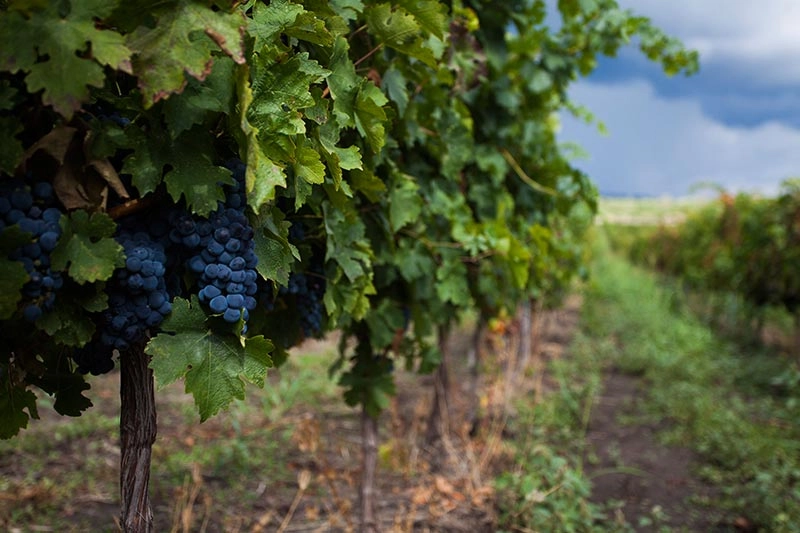
The vineyards in Domeniile Săhăteni. Photo source: AureliaVisinescu.com
Located in Buzău County, Domeniile Săhăteni is a Winery whose vineyards are located in the middle of Dealu Mare, a commune renowned for its wine production, surrounded by the majestic Carpathian Mountains. Their vineyards stretch over an area of 82 hectares, and their winemaking style combines the techniques of the Old World with the New World, yielding batches of wine that start from 2,500 bottles to 20,000 bottles.
The grape varieties cultivated at Domeniile Sahateni are both Romanian – Fetească Albă, Tămâioasă Românească, Fetească Neagră, as well as international – Sauvignon Blanc, Chardonnay, Pinot Grigio, Cabernet Sauvignon, and more. This commitment to quality and diversity has garnered them international recognition, with Aurelia Vișinescu’s signature wines consistently achieving acclaim at prestigious competitions around the world. Their dedication ensures a captivating selection of Romanian wines awaits you at Domeniile Sahateni.
7. Domeniile Tohani
The Tohani Vineyards are located in the heart of Romania’s viticultural centre, Dealu Mare, and official records talk about the existence of a vineyard in this area ever since 1773. In 1930, the Tohani Vineyards became the royal property of Prince Nicholas of Romania, the second son of King Ferdinand I of Romania. In 1948, Domeniile Tohani became a property of the state, and in association with renowned specialists from the region of Bordeaux, a wine cellar was built, that today has become a museum. The Winery on the location is home to more than 100,000 bottles of wine.
An important thing to mention is that the vineyards of Domeniile Tohani are located on the 45th parallel north, just like the famous French region of Bordeaux, having similar natural conditions. The extra days of sunshine allow the grapes to ripe better and to accumulate more sugar, resulting in really powerful and aromatic wine.
The vineyards are spread over an area of 500 hectares, and its soil provides the optimal conditions for growing Fetească Neagră. Their most appreciated wine is Apogeum, a dry red wine made from the grape variety Fetească Neagră, which was awarded the gold medal at “Concours Mondial de Bruxelles” in 2014, one of the most prestigious wine contests in the world. Other wine varieties cultivated at Domeniile Tohani are Romanian Pinot Noir, Tāmâiosā Româneascā, Sauvignon Blanc, Cabernet Sauvignon, Chardonnay, Fetească Regală, and more.
8. Lacerta Winery
Lacerta Vineyard Estate. Photo source: lacertawinery.ro/en
The Lacerta vine estate spreads over an area of 82 hectares 100 km North-East of Bucharest, in Buzau County. This exquisite location invites its guests to explore their wine cellar, taste a glass of noble wine, and admire one of Romania’s most beautiful vineyards from above. The Winery produces numerous grape varieties, both local (Fetească Albă, Fetească Neagră) and international (Cabernet Sauvignon, Syrah, Pinot Noir, Merlot, Burgundy Royal, Rheinriesling).
Over the years, the winery has tasted and experimented with numerous Romanian wines and varieties, and currently, they offer four special collections of wines:
- The Vintage Collection
- LacertA Cuvee Grand Prix
- LacertA Dolce
- LacertA Gift Collection
Banat’s Wineries
Thousands of hectares of land are cultivated in the regions of Timiș and Caraș-Severin, and the wines produced here are appreciated throughout the whole world. The first mentions of winemaking in the region of Banat date back to the time of the Roman Empire, but some legends claim that this is the place where Bachus, the Dacian God of Wines, was born.
One of the most famous local wines is Riesling of Banat, a refreshing Off-Dry wine.
9. Cramele Recas (Recas Winery)
Recaș Vineyards. Photo source: CrameleRecas.ro
Sprawling across an impressive 1100 hectares, the Recas vineyards reign supreme as one of Banat’s most distinguished winegrowing estates. Their focus on exceptional quality is evident in the diverse range of white, red, and rosé Romanian wines they produce. This dedication has been richly rewarded, with Recas wines consistently garnering medals and diplomas at prestigious national and international competitions. Today, their acclaimed Romanian wines are enjoyed in over 25 countries, a testament to their commitment to crafting exceptional wines that captivate palates worldwide.
Romanian wines in Crisana and Maramures
The Western climate makes it hard to produce red wines in this area properly, but the white Romanian wines are very qualitative, with a strong taste and an acidic and fruity character.
10. Padurea Silvana (Silvana Forest)
Silvania is one of the few regions in Romania where sparkling wine is produced following the classic Champenoise method, by fermenting it in its bottle for at least one year at a constant humidity and temperature.
Situated in the Dealurile Silvanei region, Padurea Silvania is the northernmost winery in Romania, and its grape varieties include Fetească Regală, Pinot Noir, Muscat Ottonel, Fetească Albă, Chardonnay, and Traminer.
Transylvania’s Wineries
Transylvania, is a land renowned for its diversity and made famous by the infamous legend of Dracula. But not many know that this land has a climate that is perfect for white wines. Besides the local grape varieties such as Fetească Albă or Fetească Regală, many well-known wines such as Sauvignon Blanc and Chardonnay are grown here. And although the best region for growing red wine is in the south of Romania, Transylvania is quite successful at it as well.
If you would like to try and mix the experience of Transylvania’s Bran Castle and wine tasting, make sure to check out our Dracula’s Castle Tour by Night.
11. Liliac
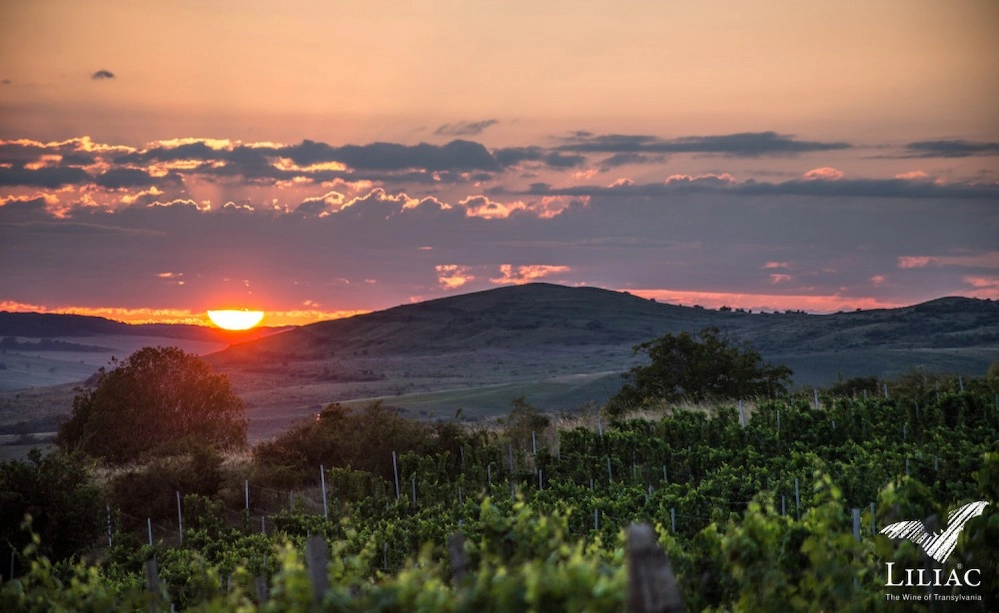
Liliac Vineyards. Photo source: Wine Tourist Magazine
In Bistrița-Năsăud County, you will find the remote village of Lechința, a land where wine was produced even before the Roman Empire by German settlers who cultivated grapevines at the foothills of the Carpathians.
Liliac has been producing wines since 2010 right in the heart of Transylvania, and some of its wine varieties include local and foreign varieties, such as Fetească Neagră, Muscat OttonelSauvignon Blanc, Pinot Noir, Merlot, Muscat Ottonel and Chardonnay. They work together with international experts and a hard-working local team, and they manually pick the grapes and carefully handle them throughout the whole process. So whether you’re planning to enjoy a golden quality wine with intense exotic flavours or a red-purple wine with hints of berries, the wines of Liliac are something that you should try.
12. Jidvei Winery
Jidvei Vineyards. Photo source: Jidvei Facebook Page
Steeped in history dating back to the time of Herodotus, the Târnavelor region boasts a well-deserved reputation as “Weinland” – the Land of Wine. Official documents from 1200 solidify this legacy. Among the esteemed wineries in this region, Jidvei stands out, renowned for its captivating portfolio of over 30 Romanian wines.
Jidvei’s expertise shines through in their exceptional dry and off-dry white wines. They meticulously cultivate traditional Romanian grape varieties like Fetească Albă and Fetească Regală, alongside internationally acclaimed grapes such as Italian Riesling, Muscat Ottonel, Sauvignon Blanc, and Chardonnay. This dedication to both heritage and innovation ensures a captivating selection of wines for every palate.
But Jidvei’s mastery extends beyond still wines. They are also celebrated producers of sparkling wines and brandy, further solidifying their position as a leader in Romanian winemaking.
Are Romanian wines good?
As you have noticed in this article, the answer should be a clear YES. Romanian wines are considered quite good and have been gaining recognition in the international wine community.
Romania has a long history of viticulture, dating back to ancient times, and its diverse climate and varied terroirs contribute to the production of high-quality wines.
Having unveiled the treasures of Romania’s premium wines, all that’s left is to extend an irresistible invitation: embark on a tour and savor some of the finest wines Eastern Europe, and arguably the world, has to offer.
With Romania’s incredibly diverse grape varietals, exploring Romanian wines becomes an exciting adventure. Each sip unfolds a symphony of flavours, while food pairing becomes a delightful exploration.

